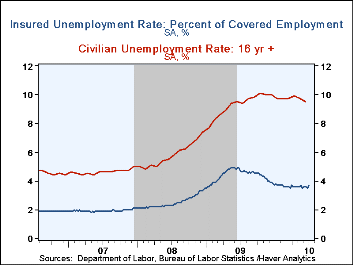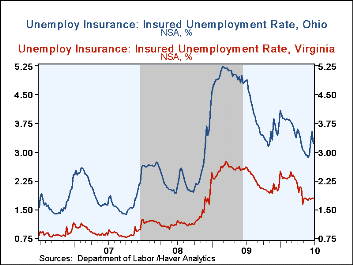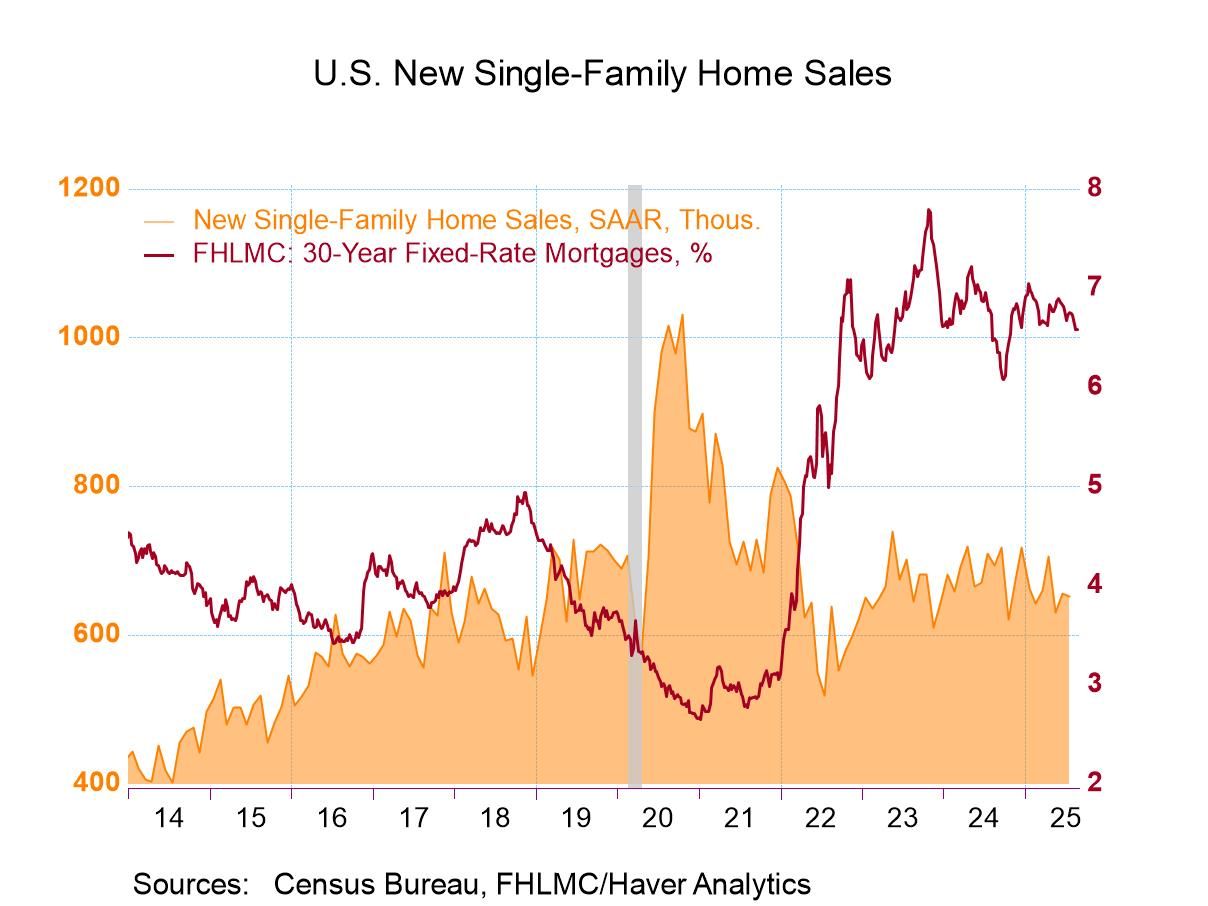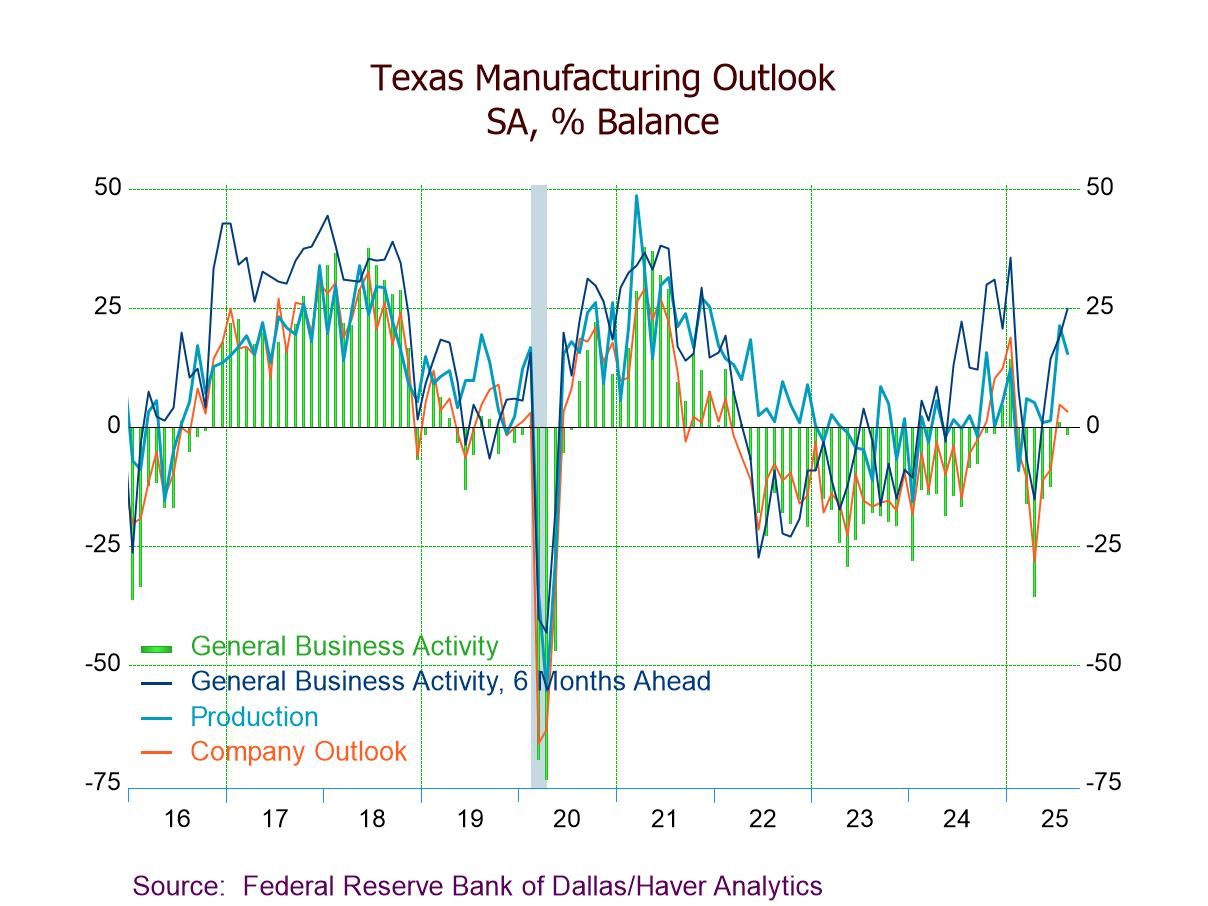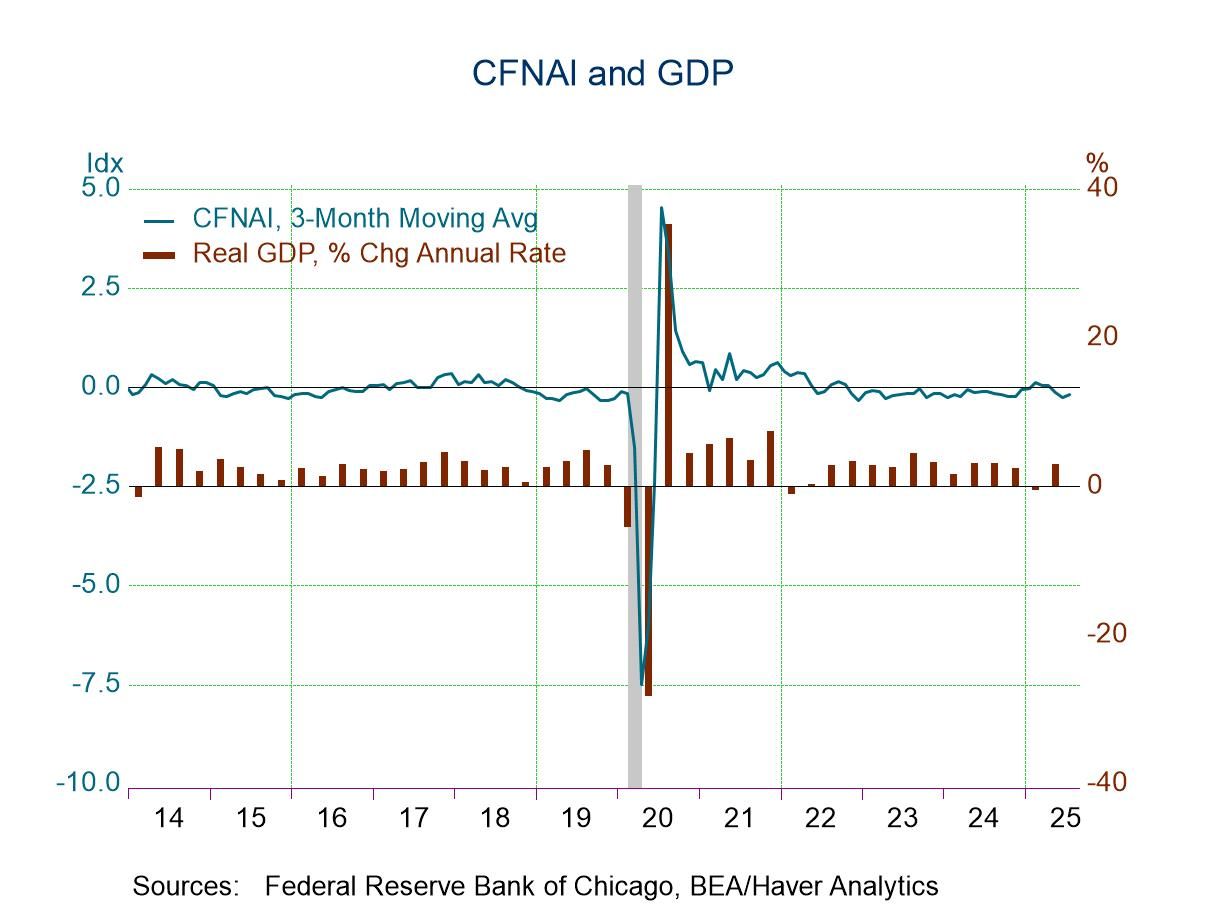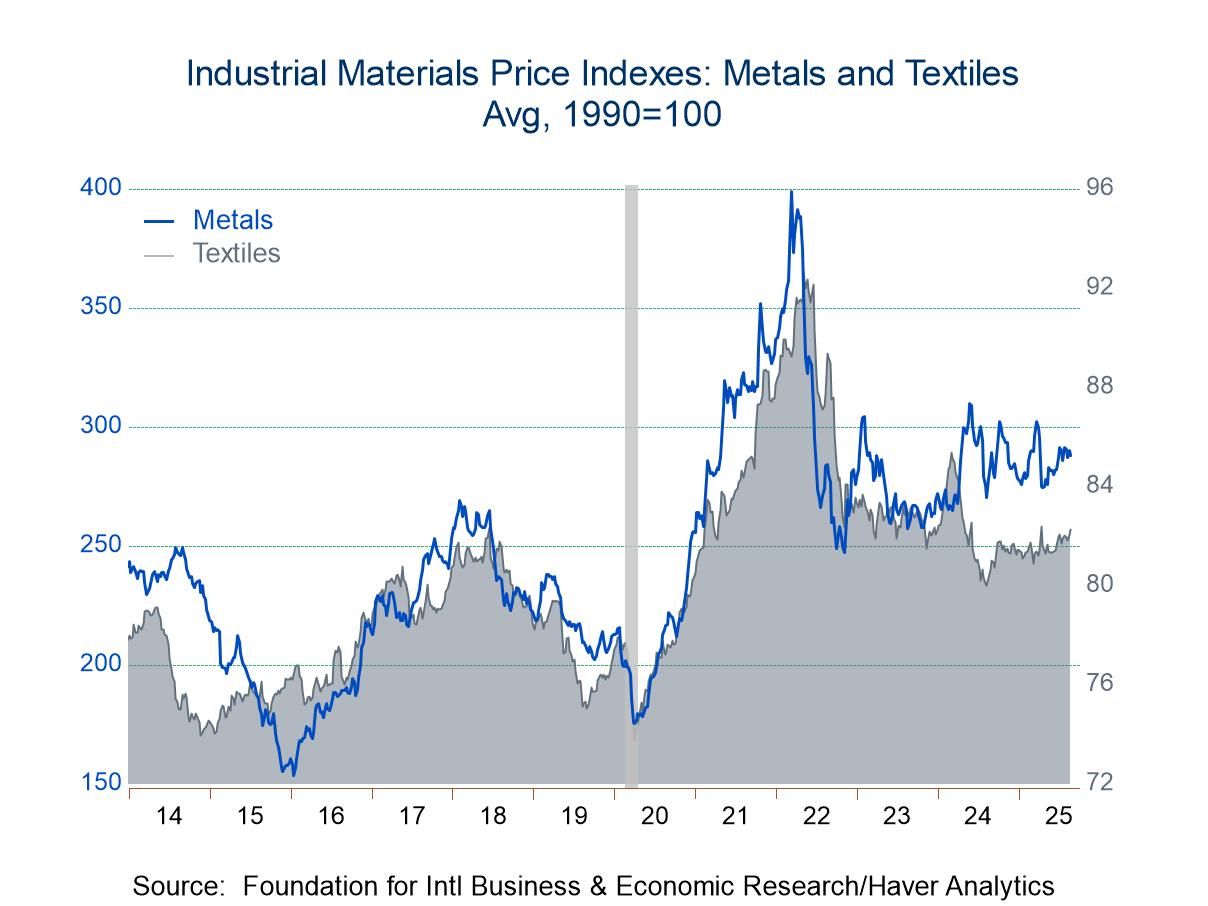 Global| Jul 15 2010
Global| Jul 15 2010U.S. Weekly Initial Unemployment Insurance Claims Drop Sharply To Lowest Since 2008
by:Tom Moeller
|in:Economy in Brief
Summary
Perhaps the job market is improving. Initial claims for jobless insurance fell last week to 429,000 following a decline during the prior week to 458,000. It was revised up from 454,000 claims. The latest figure was the lowest since [...]
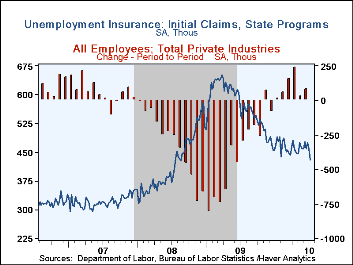 Perhaps the job market is improving. Initial claims for
jobless insurance
fell last week to 429,000 following a decline during the prior week to
458,000.
It was revised up from 454,000 claims. The latest figure was the lowest
since
August 2008 and was well below Consensus expectations for 450,000
claims. The
four-week moving average of initial claims also fell to 455,250. These
figures
are down from the recession peak of 651,000 reached in March of 2009.
Perhaps the job market is improving. Initial claims for
jobless insurance
fell last week to 429,000 following a decline during the prior week to
458,000.
It was revised up from 454,000 claims. The latest figure was the lowest
since
August 2008 and was well below Consensus expectations for 450,000
claims. The
four-week moving average of initial claims also fell to 455,250. These
figures
are down from the recession peak of 651,000 reached in March of 2009.
Working the other way, continuing claims for unemployment insurance during the latest week increased to 4.681M which was the highest level since late-May, but still it was off by one-third from the June '09 peak. The overall decline is a function of the improved job market but also reflects the exhaustion of 26 weeks of unemployment benefits. The four-week average of continuing claims rose slightly off the cycle low to 4.581M. This series dates back to 1966.
Ongoing claims do not reflect those who receive extended benefits. Extended benefits for unemployment insurance fell during the latest week to 409,442. These figures do not include the decreased 3,911,389 benefit recipients (+50.6% y/y) under state administered "EUC" emergency programs, but paid for by the Federal government.
The insured unemployment rate increased to 3.7% from an upwardly revised 3.5% during the prior week. It reached a high of 4.9% during May of 2009. During the last ten years, there has been a 96% correlation between the level of the insured unemployment rate and the overall rate of unemployment published by the Bureau of Labor Statistics.
The highest insured unemployment rates in the week ending June 26 were in Puerto Rico (6.3%), Oregon (5.0), Alaska (4.8), Pennsylvania (4.7), Nevada (4.4), California (4.3), Connecticut (4.2), Wisconsin (4.1), Rhode Island (4.0), Mississippi (3.9), New Jersey (3.9), and South Carolina (3.9). The lowest insured unemployment rates were in Virginia (1.8), Wyoming (2.0), Texas (2.3), Tennessee (2.6), Maine (2.7), Georgia (2.8), Maryland (2.9), Florida (3.2), New York (3.2), Ohio (3.2) and Massachusetts (3.5). These data are not seasonally adjusted but the overall insured unemployment rate is.
The unemployment insurance claims data is available in Haver's WEEKLY database and the state data is in the REGIONW database.
| Unemployment Insurance (000s) | 07/10/10 | 07/03/10 | 06/26/10 | Y/Y | 2009 | 2008 | 2007 |
|---|---|---|---|---|---|---|---|
| Initial Claims | 429 | 458 | 475 | -20.3% | 572 | 419 | 321 |
| Continuing Claims | -- | 4,681 | 4,434 | -24.7 | 5,809 | 3,340 | 2,549 |
| Insured Unemployment Rate (%) | -- | 3.7 | 3.5 | 4.6 (7/2009) | 4.4 | 2.5 | 1.9 |
Tom Moeller
AuthorMore in Author Profile »Prior to joining Haver Analytics in 2000, Mr. Moeller worked as the Economist at Chancellor Capital Management from 1985 to 1999. There, he developed comprehensive economic forecasts and interpreted economic data for equity and fixed income portfolio managers. Also at Chancellor, Mr. Moeller worked as an equity analyst and was responsible for researching and rating companies in the economically sensitive automobile and housing industries for investment in Chancellor’s equity portfolio. Prior to joining Chancellor, Mr. Moeller was an Economist at Citibank from 1979 to 1984. He also analyzed pricing behavior in the metals industry for the Council on Wage and Price Stability in Washington, D.C. In 1999, Mr. Moeller received the award for most accurate forecast from the Forecasters' Club of New York. From 1990 to 1992 he was President of the New York Association for Business Economists. Mr. Moeller earned an M.B.A. in Finance from Fordham University, where he graduated in 1987. He holds a Bachelor of Arts in Economics from George Washington University.


